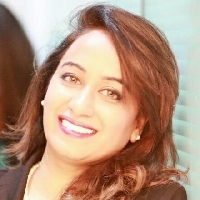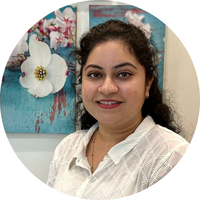Age spots are patches of darkened skin that typically appear on fair-skinned people. These patches are a result of exposure to the sun's ultraviolet radiation. They are common in people over 50 years of age, but younger people can get them too if they spend a lot of time in the sun.
A type of pigmentation, age spots are also called sun spots, liver spots and solar lentigines. They are different from melasma, freckles and seborrheic keratosis in the following respects:
- Freckles tend to affect teens and young adults and go away when their exposure to the sun reduces. By contrast, age spots—also caused by excess exposure to the sun—don't go away even when people spend less time in the sun or take more precautions like wearing sunscreen.
- Melasma usually affects people aged 20-50. It may go away on its own in some cases. For example, melasma during pregnancy generally goes away after delivery and melasma as a result of using birth control pills goes away when the person stops taking contraceptive pills. Age spots typically affect older people and do not go away.
- Seborrheic keratosis causes raised spots whereas age spots are flat.
There's no particular progression time associated with age spots: they may develop slowly or quite quickly.
Age spots do not require any treatment but it is a good idea to see a doctor if you develop them, to rule out cancerous moles. There are some options available to lighten or disguise the spots, for those who wish to do so for aesthetic reasons.
Read on to know all about age spots, including types of age spots, symptoms of age spots, causes of age spots, prevention of age spots, diagnosis of age spots and treatment of age spots.

 Doctors for Solar lentigines (age spots)
Doctors for Solar lentigines (age spots)  OTC Medicines for Solar lentigines (age spots)
OTC Medicines for Solar lentigines (age spots)



































